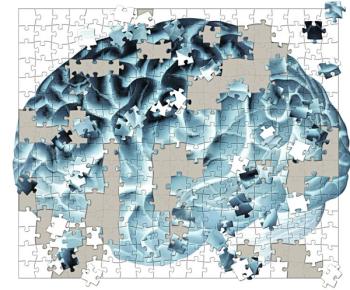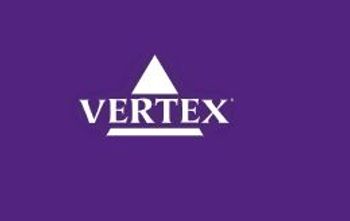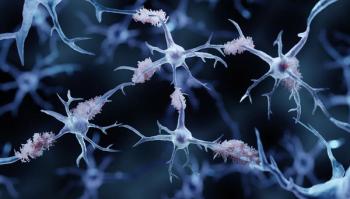
Mineralys Therapeutics also expects topline data from its phase 2 study of lorundrostat for the treatment of uncontrolled hypertension or resistant hypertension when used as an add-on therapy.

Two Plasma Proteins May Serve as Early Biomarkers for Alzheimer Dementia and Help Explain Sex Differences, Study Suggests

Mineralys Therapeutics also expects topline data from its phase 2 study of lorundrostat for the treatment of uncontrolled hypertension or resistant hypertension when used as an add-on therapy.

The effective approach to identifying risk for the disruptive cognitive issues holds promise for development of early intervention to mitigate decline.

The Florey Dementia Index showed robustness across different cohorts but more testing is needed, researchers reported.

Agitation in Alzheimer disease is not limited to the later stages, geriatric psychiatrist George Grossberg, MD, explains; look for it across the spectrum.

Your daily dose of the clinical news you may have missed.


Annual incidence of dementia will double in White adults and triple among Black adults. The updated estimates place the lifetime risk of developing dementia after age 55 at 42%.

A new analysis of patient reported outcomes from the PATHFINDER study indicate the potential clinical benefit of early cancer detection.

The geriatric psychiatrist refers in this interview to agitation in Alzheimer disease, a significant neuropsychiatric symptom that should not be dismissed.

Neurologist and clinical investigator Peter McAllister, MD, is eager to make progress in research on diagnosis and treatment and to hear more patient voices.

Weekly SC injection of lecanemab is expected to maintain clinical and biomarker benefits reached during the IV initiation phase. The PDUFA date is Aug 31, 2025.

Blarcamesine significantly slowed progression of both cognitive and functional decline, with treatment initiated earlier in disease process more effective than that initiated later.

The study will assess the safety, tolerability, and pharmacokinetics of PMN310 in individuals with mild cognitive impairment or early-stage AD.

Suzetrigine, the investigational selective NaV1.8 pain signal inhibitor, with a PDUFA date of Jan 30, could become a first-in-class nonopioid analgesic.

The Los Angeles wildfires continue nearly unabated despite heroic efforts by first responders. Wildfire smoke has both short- and long-term effects on health and habitat. Here's what to know, for you and your patients.

Nondrug approaches to calming an adult with Alzheimer disease who is agitated should be prioritized over pharmacotherapy, geriatric psychiatrist George Grossberg, MD, counsels.

Antipsychotic medications are still used to treat potentially harmful acute agitation, George Grossberg, MD, explains, even though the adverse effects are well known.

"This AHS statement has exceeded our wildest dreams..." McAllister said of the impact of the society recommendation that CGRP inhibitors be considered among first-line treatment for migraine.

Buntanetap is an oral molecule designed to inhibit the production of multiple neurotoxic proteins and is under investigation for treatment of Alzheimer Disease, Parkinson’s Disease, and other neurodegenerative diseases.

The first US interdisciplinary evaluation guideline will help primary care clinicians address the rising prevalence of AD and ADRD seen in their front-line clinical setting.

Agitation, one of the most common symptoms AD, affects up to 70% of adults with the condition, and is one of the most challenging for caregivers to deal with.

Johnson & Johnson's posdinemab aims to slow tau pathology in early and preclinical Alzheimer’s disease populations.

Significant strides were made in 2024 in evaluating a wide range of treatments for migraine, including phase 2 findings with PACAP inhibition, PI McAllister said.

The first study to quantify lecanemab-captured Aβ-PF species in human CSF shows a strong correlation with neurodegeneration and may help explain the drug's MOA.

The onset of migraine with its wide range of symptoms may be telegraphed as early as 2 days before by the frequency of neuronal oscillation deep in the brain.